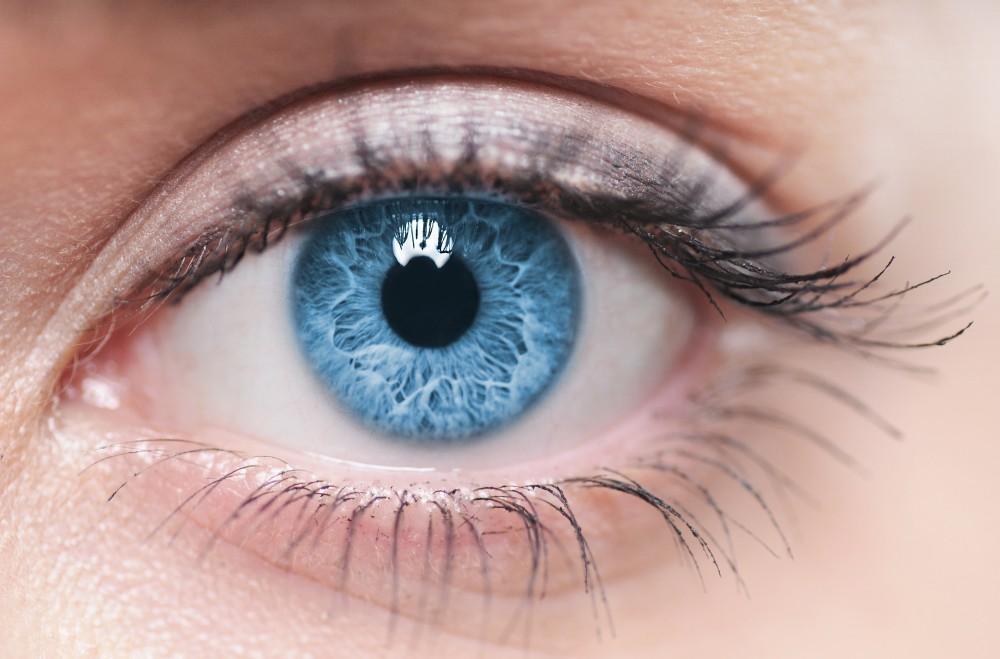Introduction
Our comprehensive guide on understanding Floaters, Flashes, and Ocular Migraines. In this blog, we delve into the intricate world of these eye conditions to provide you with valuable insights and explanations. From the common occurrence of floaters to the occasional flashes of light and the rare phenomenon of ocular migraines, join us as we explore the intricacies of these visual disturbances and offer clarity on their causes, symptoms, preventive measures and potential implications for your eye health. Let’s embark on a journey to better understand these fascinating yet often misunderstood aspects of ocular health.
Floaters
Eye floaters are dark or gray spots, strings, or cobwebs that drift in your vision and may move when your eyes move. They are caused by changes in the vitreous humor, a gel-like substance that fills the space between the lens and the retina in the back of your eye. The vitreous humor undergoes changes as it liquefies and contracts with age, leading to the formation of collagen fiber clumps that cast shadows on your retina. Sudden increases in floaters, especially when accompanied by light flashes or vision loss, require urgent attention and should prompt immediate contact with an eye specialist, as they may signal an emergency situation.
Symptoms of eye floaters may include:
- Dark specks or knobby, transparent strings in your vision
- Spots that move quickly when you move your eyes
- More noticeable against a plain, bright background
- Shapes or strings settling and drifting out of your line of vision
Causes of Eye Floaters:
- Eye floaters are commonly caused by age.
- They can indicate serious conditions like retinal tears and detachment.
- Blood in the eye, often associated with diabetes-related retinopathy.
- Eye inflammation, such as uveitis.
When to seek medical attention?
- A significant increase in eye floaters
- Sudden onset of new floaters
- Light flashes in the same eye
- Vision obstruction like a gray curtain or blurry area
- Peripheral vision loss or darkness on the sides of your vision
Flashes
Flashes of light in your eyes can vary from white sparkles to colored lights, presenting in forms like zigzag lines, streaks of lightning, pop-like flashes, and more. These visual disturbances can be fleeting, but repeated flashes with other symptoms like floaters may signal underlying issues referred to as photopsias or phosphenes, these flashes may be influenced by eye or brain-related factors and can occur more frequently in specific settings or with certain movements.
Causes of flashes:
The main cause of flashes is Posterior vitreous detachment (PVD), a common age-related condition, that occurs when the gel-like substance in the eye shrinks and separates from the retina. If the vitreous remains attached to the retina, it can cause flashes of light. In some cases, PVD can lead to retinal tears or detachment.
When to seek medical attention?
- Experience a sudden surge in flashes of light in your eye or eyes
- Observe an escalation in the size and quantity
- Notice an uptick in visual auras associated with migraines
- You experience a sudden onset of flashes that you haven’t previously seen
- Flashes of light are accompanied by cloudiness or dark spots in your vision
- You observe a dark area or ‘curtain’ obstructing your vision
How can I prevent floaters and flashes?
- Protect your eyes from harmful UV rays by wearing sunglasses when outdoors.
- Take breaks from screens to reduce eye strain and fatigue.
- Maintain a healthy diet rich in vitamins and minerals that support eye health.
- Incorporate eye exercises to strengthen eye muscles and improve vision.
- Follow the “20-20-20” rule by taking a 20-second break to look at something 20 feet away every 20 minutes to reduce eye strain.
- Manage your weight and blood pressure to support overall eye health.
- Stay hydrated by drinking plenty of water to prevent dehydration, which can trigger migraines and eye issues.
- Identify and avoid triggers that may lead to eye symptoms, such as stress, lack of sleep, and certain foods or drinks.
- Practice relaxation techniques like deep breathing, meditation, or yoga to reduce stress, a common trigger for eye problems.
If you start observing eye floaters and flashes, it is crucial to promptly have a consultation with us, we will assess to rule out any potentially serious conditions that may pose a risk to your vision.
Ocular Migraine
Ocular migraine, or retinal migraine, presents with visual disturbances affecting one eye alongside migraine headaches. While ocular migraines are rare, they can lead to permanent visual problems in some cases. The condition can manifest from childhood to early adulthood, with varying frequencies of occurrence.
Ocular migraines differ from migraines with aura, affecting one eye instead of both. The headache pain in ocular migraines is typically localized behind the affected eye, contrasting with the more diffused pain of migraines with aura.
Symptoms of ocular migraine may include:
The symptoms of ocular migraine (retinal migraine) may vary, but they commonly include visual disturbances in just one eye and a migraine headache. These symptoms typically persist for 10 to 20 minutes before your vision gradually returns to its normal state. In almost all instances of ocular migraine, the attacks impact the same eye.
- Partial or total blindness caused by blind spots
- Zigzagging patterns in vision
- Shimmering or flickering lights
- Floating lines in the field of vision
Causes of ocular migraine:
The exact cause of ocular migraines is not well understood by experts. Some believe it may be related to spasms in the blood vessels of the retina or changes affecting the nerve cells in the retina.
When to seek medical attention?
- Your initial migraine episode
- Sudden changes in vision or vision loss
- More frequent or intense migraine episodes than usual
- Symptoms that are worrisome
How can I prevent ocular migraine?
- Identify potential triggers such as stress, lack of sleep, certain foods or drinks, hormonal changes, or screen time.
- Dehydration can trigger migraines, so ensure you drink plenty of water throughout the day.
- Aim for at least seven hours of quality sleep each night to reduce the risk of migraines.
- Practice relaxation techniques like deep breathing, meditation, or yoga to help reduce stress, a common migraine trigger.
- Follow the 20-20-20 rule by looking at something 20 feet away for 20 seconds every 20 minutes to reduce eye strain from screen use.
- Protect your eyes from bright lights and sunlight, which can trigger migraines.
Conclusion:
In conclusion, this guide sheds light on the intricacies of floaters, flashes, and ocular migraines, offering valuable insights into these common yet often misunderstood eye conditions. From understanding the causes and symptoms to knowing when to seek urgent medical attention, we have provided a detailed overview to help you navigate through these visual disturbances. Your eye health is paramount, and being informed about these conditions can lead to timely intervention and care.
If you require any medical attention for your eyes, do not hesitate to contact us at (303) 772-3300, or visit our website to request for an appointment. Remember, your eyesight is precious, and prompt action can make a significant difference in preserving your vision.

